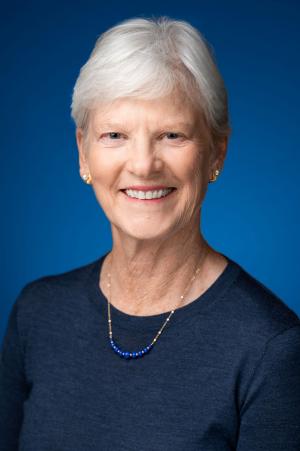
Contact Phone:
Office Location:
Website:
Specialization:
Education:
Research:
Research Group Website: https://labs.chem.ucsb.edu/butler/alison/
Current Research
My research interests are in bioinorganic chemistry, metallobiochemistry and chemical biology, with an emphasis on elucidating roles of metal ions in catalytic activities of metalloenzymes, and discovering molecules and processes by which microbes acquire the transition metals needed to grow. Our research focus is primarily targeted in three research directions.
1) Discovery of new Siderophores and Biosynthetic Investigations. We are taking advantage of genomics to predict and discover new siderophores and to investigate their attendant biosynthetic pathways. We use bioinformatics predictions to discover new acylated siderophores and to elucidate biosynthetic pathways of these new siderophores, such as the amphi-enterobactins. We also use bioinformatics to reveal the molecular tailoring mechanisms that bacteria use to vary the structures of siderophores after their secretion. Our focus is on bacteria found in diverse environmental niches, as well as bacteria in the mammalian microbiome.
2) Developing biomimics of naturally occurring wet adhesive systems. We are exploring adhesive properties of certain catechol siderophores to mica as well as various metal oxide surfaces. We are also interested in whether bacteria use adhesive properties of these compounds to sample and promote surface colonization.
3) Microbial and bio-mimetic disassembly of lignin. We are investigating oxidative disassembly approaches of lignin to release aromatic breakout fragments. Fungal and bacterial microbes employ suites of metalloproteins which often release diffusible oxidants that attack lignin and cellulosic biomass. Some of these enzymes are related to the vanadium bromoperoxidases we have investigated extensively from marine organism. Our investigations employ both direct studies of the peroxidase enzymes, as well as small metal complexes that are functional biomimics of the enzyme.


